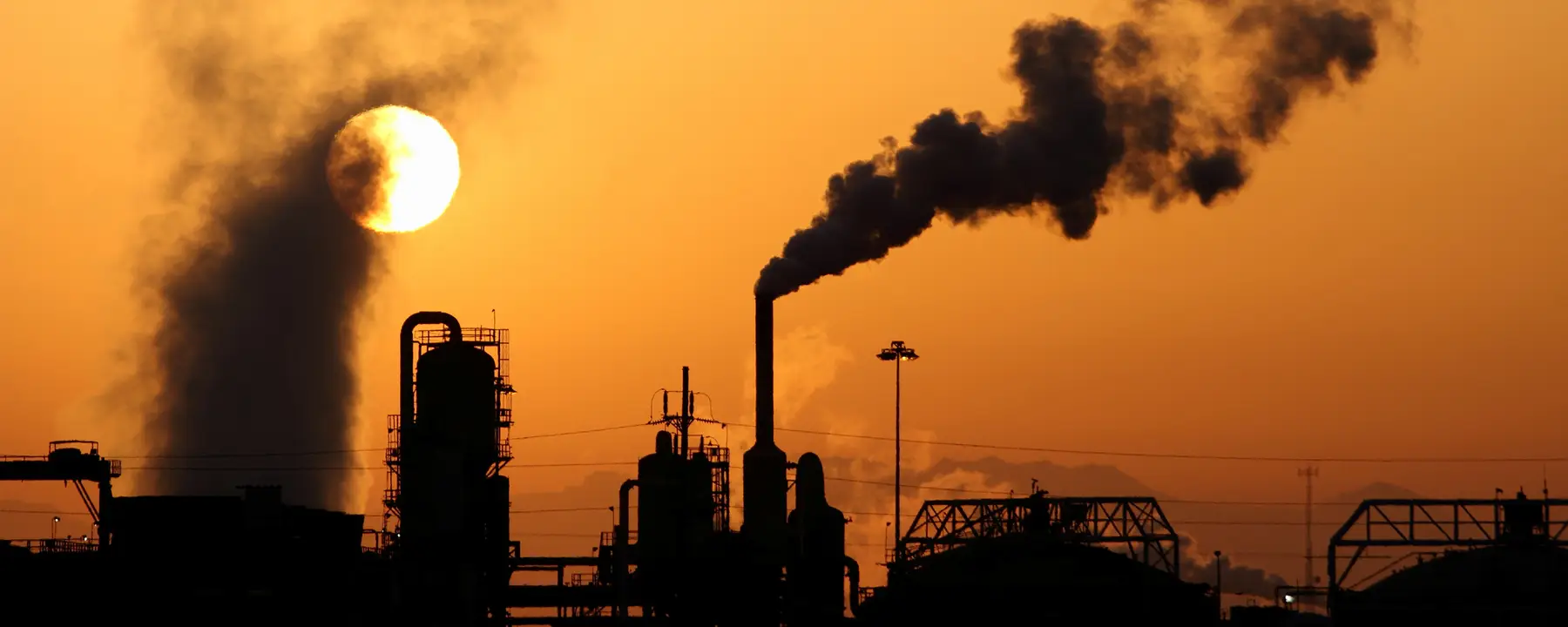Leading collection and verification of facility-level emissions data to inform U.S. efforts to slow climate change
U.S. policymakers need accurate and timely data on greenhouse gas (GHG) emissions to inform decisions about environmental policies and funding priorities. While the Inventory of U.S. Greenhouse Gas Emissions and Sinks provides high-level GHG emissions information based on national statistics, facility-level information supports a better understanding of the impacts of future policies at the national, regional, and state levels.
Supporting Mandatory Reporting from Thousands of Facilities Across 28 Industrial Sectors
The U.S. Environmental Protection Agency developed the Greenhouse Gas Reporting Program (GHGRP) in 2009. The program mandates reporting of GHG data and other relevant information from thousands of industrial facilities and suppliers of certain fossil fuels and gases in the United States. Policymakers use the data to gain a better understanding of the sources of GHGs to guide development of policies and programs to reduce emissions.
Our engineers and scientists have assisted EPA with the development and implementation of the GHGRP since its inception. We actively support GHGRP activities for 28 sectors of manufacturing, energy production, mining, and landfill operations, including
- Stationary combustion sources
- Electricity generating units
- Fluorinated gas
- Iron, steel, and lead
- Petrochemicals and petroleum refineries
- Pulp and paper manufacturing
- Soda ash manufacturing
- Titanium dioxide and zinc
- Underground coal mines
- Municipal solid waste landfills
- Industrial waste landfills
- Injection of carbon dioxide
- Oil and natural gas.
The sectors we monitor include large sources of GHGs, such as electric utilities, and sources of high global-warming potential GHG, including methane and fluorinated gases. Together, they represent more than half of the facilities reporting under the GHGRP.
Our support for the GHGRP includes all stages of data collection and verification. We test and help to improve the electronic greenhouse gas reporting tool (e-GGRT) before industrial reporters access the system. We have experts in each sector who help verify the data, working with facilities to resolve apparent errors. We help identify non-reporting sources and create algorithms, statistical analyses, and verification routines that can be used to identify potential errors in the annual GHG reports.
We also assist in quick turnaround requests for information, support outreach activities to familiarize reporters with the reporting system and requirements, write technical FAQs, analyze data and trends for publication, and provide rulemaking support for revisions to the reporting requirements.
Helping EPA Achieve a High Reporting Rate in Support of Effective Policy and Program Decisions
Our work for the GHGRP has a direct impact on U.S. environmental policy. Approximately 90 percent of the total U.S. GHG emissions from more than 8,000 facilities are reported each year through the GHGRP. The facility-level data provided by the GHGRP helps policymakers prioritize resources for programs designed to reduce emissions, such as voluntary programs or the recently finalized Clean Power Plan. The GHGRP data are available online for the public and researchers studying ways to reduce GHG emissions to slow climate change.
- U.S. Environmental Protection Agency (EPA)
- Office of Atmospheric Programs
- Climate Change Division

